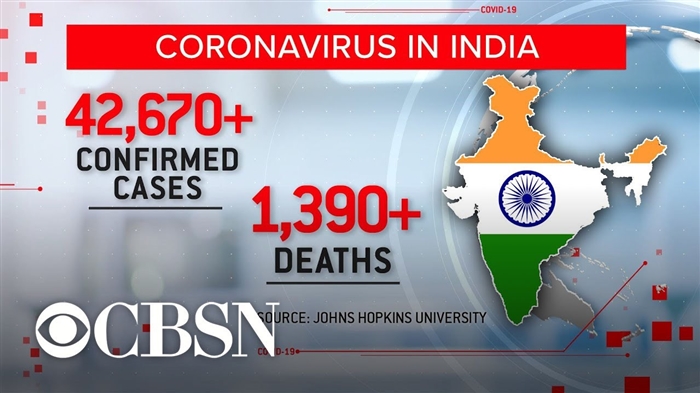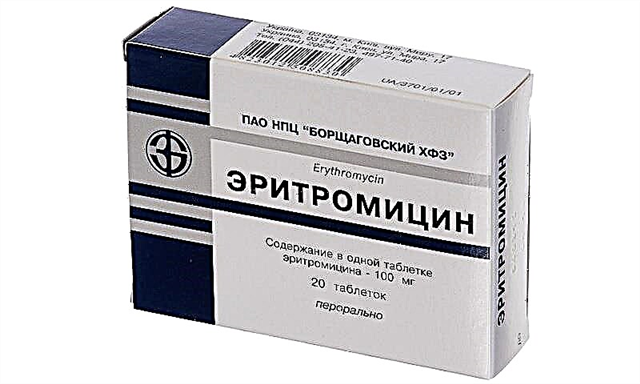We all know that we need to be vaccinated, but from what and for what, we often forget. Perhaps it is not necessary? Maybe people just made up fears for themselves? Or vaccine prophylaxis actually protects us from deadly diseases such as diphtheria. Let's see if diphtheria is so terrible, as doctors tell about it, and how to help a child if he gets infected with it.
A bit of history
Diphtheria now seems to be a thing of the past, and there are often articles that this disease is a myth invented to intimidate parents. Unfortunately, this is not so. In the 90s of the last century, an epidemic of diphtheria was recorded, which claimed the lives of 6,000 people.
After this epidemic, there are isolated cases of this disease, which also lead to death. Unfortunately, the epidemic alertness for this disease has been reduced at the moment, which may threaten with new outbreaks of the disease.
How can you get diphtheria?
 Diphtheria is a disease caused by diphtheria carinebacterium (or Lefler's bacillus). The causative agent of diphtheria in children is stable in the external environment. You can become infected both when communicating with a sick person, and through food or an object on which bacteria have survived.
Diphtheria is a disease caused by diphtheria carinebacterium (or Lefler's bacillus). The causative agent of diphtheria in children is stable in the external environment. You can become infected both when communicating with a sick person, and through food or an object on which bacteria have survived.
Both an adult and a child can get sick. During the last epidemic, children aged 3 to 14 were the most susceptible.
Diphtheria in children can occur at any age, it rarely develops in a child under one year old.
The incubation period is 2 to 10 days. On the 7th day of the incubation period, quarantine is imposed on all those in contact with the infected.
Symptoms of diphtheria in children:
- The appearance of films of ivory color (more often on the palatine tonsils). The films are poorly removed from the mucous membrane, but if you make an effort and still remove this plaque, then blood appears. In the absence of treatment, the films rapidly increase, along with this, the patient's condition worsens.
- The pattern of intoxication of the organism is expressed, resembling the state of general poisoning.
- Inflammation and redness, pain in the area of the entrance gate (usually oropharyngeal mucosa, nasal mucosa).
- Increased body temperature. But, if we talk about body temperature, it all depends on the form and severity of the disease, fever ranges from 37 ° C to 41 ° C.
- Severe weakness, lethargy, pallor. The child refuses to play, prefers peace and quiet.
What can diphtheria be like?
There are many classifications of this disease that are needed to make a diagnosis.
According to the severity of the course of diphtheria is:
- subtoxic;
- toxic I, II, III degree;
- hypertoxic.
Depending on the location of the lesion, diphtheria occurs:
- pharynx;
- larynx;
- respiratory tract;
- genitals.
The symptoms of diphtheria are determined by the form of the disease.
Symptoms of pharyngeal diphtheria
When the diphtheria bacillus is on the mucous membrane, it begins to produce diphtheria toxin. That, in turn, penetrates into the cells and leads to the development of mucosal tissue necrosis. This is how a dense fibrinous film appears, fused with the surrounding tissues.
 Pharyngeal diphtheria in children is acular and membranous.
Pharyngeal diphtheria in children is acular and membranous.
The insular form is more common in vaccinated children.
Signs of an insular form of diphtheria:
- begins acutely, it can proceed at a temperature of 37˚С;
- a sore throat appears;
- the tonsils are edematous, plaque appears. Plaque islands do not develop as rapidly as in other forms.
The membranous form is more pronounced and will often have a severe course.
Signs of filmy diphtheria:
- in this case, the disease is more rapid, it begins acutely with a rise in temperature to 39˚С;
- there is a pronounced sore throat when swallowing;
- palatine tonsils are enlarged due to edema;
- plaque appears on the tonsils, and the further it spreads, the more difficult the patient's condition will be.
Laryngeal diphtheria
This form of diphtheria rarely affects only the larynx, more often it affects the mucous membranes of the oropharynx, nose, and larynx. It flows in the form of a true croup (croup is a narrowing of the lumen of the larynx due to edema). Diphtheria croup often spreads throughout the entire respiratory tract.
For diphtheria of the larynx, a cyclical process is characteristic. There is a stage of croupous cough, stenotic and asphytic stages.
They develop as follows:
- the first 2 to 3 days, the body temperature rises, a barking cough appears, the voice becomes hoarse, signs of intoxication appear;
- the next 3 - 6 days, noisy breathing develops, shortness of breath on inspiration (it is difficult for the child to breathe in), lack of voice. True croup develops;
- on the 6th - 9th day of the illness, the asphytic stage sets in, the condition becomes extremely difficult, breathing is shallow, and there is no consciousness.
Features of diphtheria infection in young children
Young children rarely get sick. If they get sick, the mucous membranes of the oropharynx, nose, larynx, as well as the skin and umbilical wound are more often affected. Complications develop earlier in babies. The course of the disease is very difficult.
 Immunity after diphtheria is antitoxic, it lasts for a year. Everyone has a chance to get infected again. In this case, the disease occurs in a milder form than the first time.
Immunity after diphtheria is antitoxic, it lasts for a year. Everyone has a chance to get infected again. In this case, the disease occurs in a milder form than the first time.
Diphtheria can be confused with other diseases, such as streptococcal angina, infectious mononucleosis, acute leukemia. To clarify the diagnosis, laboratory research methods are used.
Treatment of diphtheria in children
Even in our age of advanced technologies and antibiotics, the disease is considered quite serious. Therefore, the treatment of all patients with diphtheria is carried out under the constant supervision of doctors of the infectious and, if necessary, intensive care unit. Do not underestimate the severity of this condition.
If the child lives where there are no problems with getting to the hospital, anti-diphtheria antitoxic serum (APDS) is administered in the hospital. In cases where the medevac is postponed or takes a long time, emergency doctors introduce APDS.
Usually doses are calculated based on the severity of the disease. The most effective is the introduction of serum in the first 18-24 hours from the onset of the disease. The least effective serum will be 4 days after the onset of diphtheria. Therefore, the earlier the action of the serum begins, the greater the chances of a successful outcome.
Plasmapheresis or hemosorption is also used to treat diphtheria.
Along with all of the above methods, antibiotic therapy is carried out.
The choice of all drugs and treatments is based on the form and severity of the disease.
Because children with diphtheria often end up in the intensive care unit, nursing care is an integral part of treatment.
- It is important to monitor compliance with bed rest, it often takes a long time, from 4 to 8 weeks.
- The child's diet must necessarily be gentle, all products must be boiled and mashed.
- The nurse monitors the patient with diphtheria, his condition, temperature, and also monitors the observance of the ventilation and quartzing regimes in the ward.
- Monitors personal hygiene of a person who is not able to observe it on his own.
- Prepares children for therapeutic manipulations.
- Provides assistance to the doctor when performing manipulations, fulfills the doctor's prescriptions.
After a previous illness, the patient is registered for some time.
Complications and consequences of diphtheria:
- The most common complication is myocarditis. It can develop at different periods of the disease, from the first days to the third week. It is believed that the earlier this complication occurs, the less favorable the prognosis of the underlying disease.
- Polyneuropathies, characterized by paresis and paralysis, are common. This complication can appear in patients with mild forms of diphtheria and in the absence of adequate assistance.
- Infectious toxic shock is an equally serious condition that can also cause death. Accompanies hypertoxic and toxic forms of diphtheria.
- From the urinary system, this is a toxic kidney damage.
Prevention
- Quarantine for 7 days from the last case of the disease. During this time, a diphtheria bacillus test is taken from all contacts.
- Vaccination of adults and children. Vaccination is carried out from 3 months with various vaccinations. For example, the DPT vaccine according to the scheme: at 3 months, at 4.5 months, at 6 months, and then at 18 months. Revaccination is carried out at 7 and 14 years old. There are also analogues of the DPT vaccine - these are Pentaxim, Infanrix, Bubo-Kok. The question of which of the vaccines to do is best decided with your local doctor. From the age of 6, ADS-M is used for planned age-related revaccinations or in epidemic foci of diphtheria.
- If the child has not been vaccinated and had contact with a patient with diphtheria, an emergency vaccination against diphtheria is given, which is carried out with the ADS-M or AD-M vaccine.
Summing up the article, I wish you never to face this terrible disease, if possible, vaccinate yourself and children, because the health of the child is in your hands.



